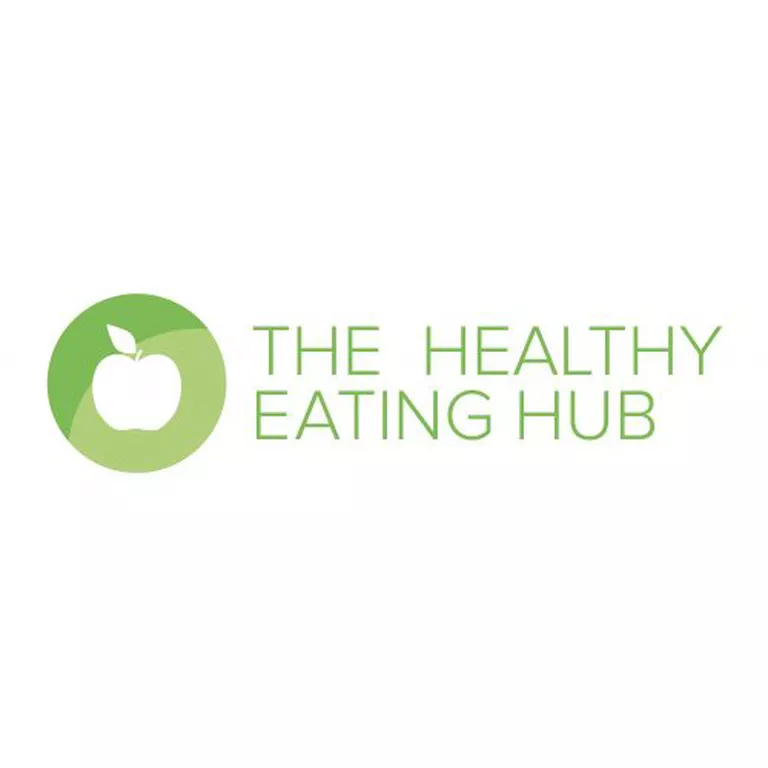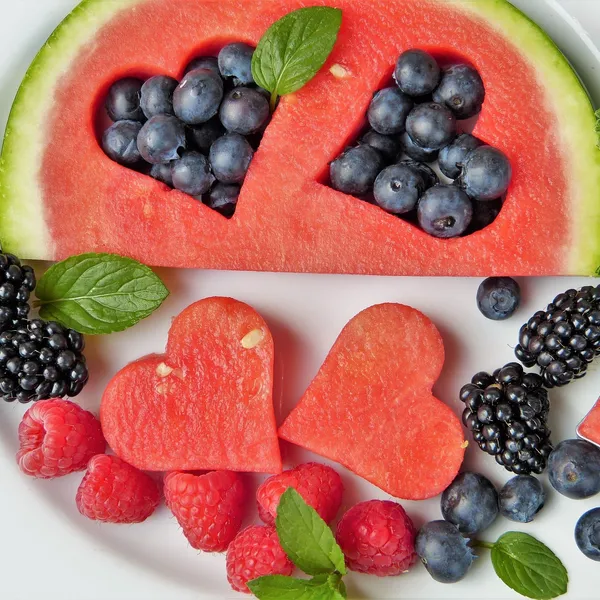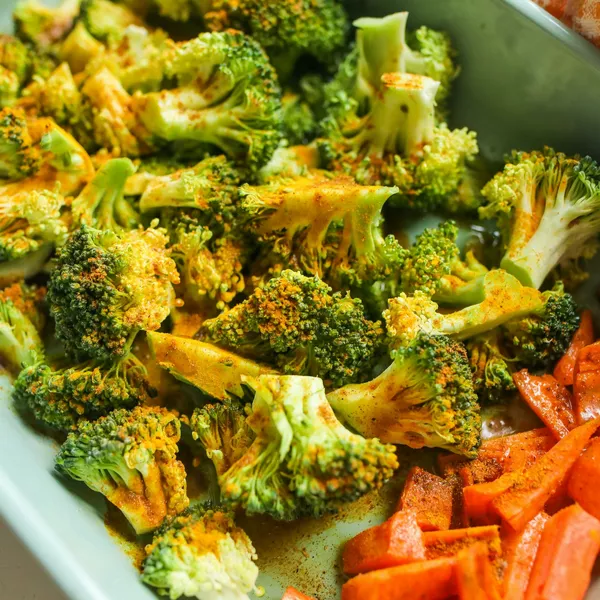To maximise your nutrition and achieve a healthy weight gain, choose from the following food groups daily.
5 serves of vegetables
Your baby needs folate, antioxidants and other vitamins and minerals to grow and develop. Vegetables are the primary source of these health-promoting elements and should be the cornerstone of your diet.
Tip: 1 serve equals approximately 1 cup of vegetables.
2 serves of fruit
Fruit is a fantastic source of vitamin C, antioxidants and dietary fibre. It makes a great snack, shake, smoothie or breakfast cereal topping and is fantastic added to salads and mains.
Tip: 1 serve equals approximately 1 piece of large fruit (mango, apple etc.), 2 pieces of small fruit (apricot, plum etc.) or 100g of berries, grapes or melon.
1 to 2 serves of legumes
Legumes are a wonderful source of low Glycaemic Index (GI) carbohydrate, dietary fibre, antioxidants, calcium, phosphorous, zinc, iron, folate and other B-group vitamins. GI is a measurement of how particular carbohydrate-rich foods affect our blood sugar levels. Food with a low GI takes a little longer to digest and is absorbed more slowly into the blood stream. Choosing low GI foods whenever possible helps keep your blood sugar levels more stable throughout the day and are a healthier choice.
Tip: 1 serve equals approximately ½ cup of legumes or beans.
1 serve of nuts/seeds
Nuts and seeds are a great source of healthy unsaturated fat. In particular, linseeds, chia seeds and walnuts contain omega-3 fatty acids, which are an essential part of our diet. They are also a great source of fibre, vitamins and minerals.
Tip: 1 serve equals approximately 30g or a small handful.
1 to 3 serves whole grains
Healthy carbohydrates are products or foods that contain the whole cereal grain rather than refined, processed products that only use a portion of the cereal grain.
Tip: 1 serve of whole grain is equal to 2 slices of bread or 1 cup of cooked pasta, rice or couscous.
1 to 2 serves of meat, poultry, eggs or fish
Fresh, unprocessed meat is a great source of complete protein, B vitamins (particularly vitamin B12), iron and zinc.
Tip: 1 serve equals 100–150g or is approximately the size of your palm.
2 serves of dairy
Dairy is by far the best source of calcium in your diet. It’s also a great source of magnesium, B vitamins and many other nutrients in smaller amounts.
Tip: 1 serve of dairy equals approximately 1 cup of milk, 200g of yoghurt or 2 slices of cheese.








